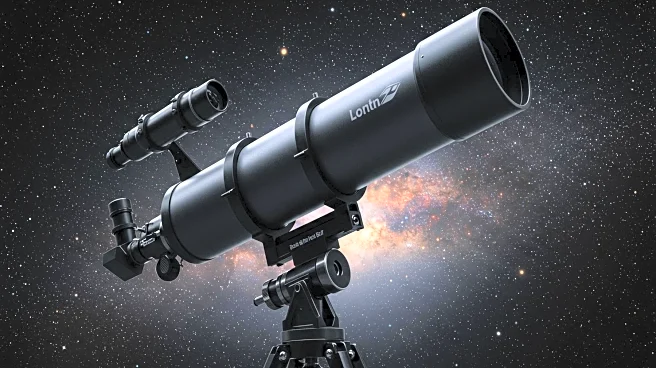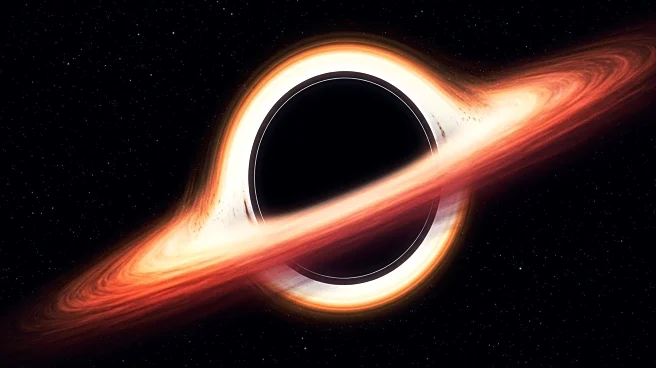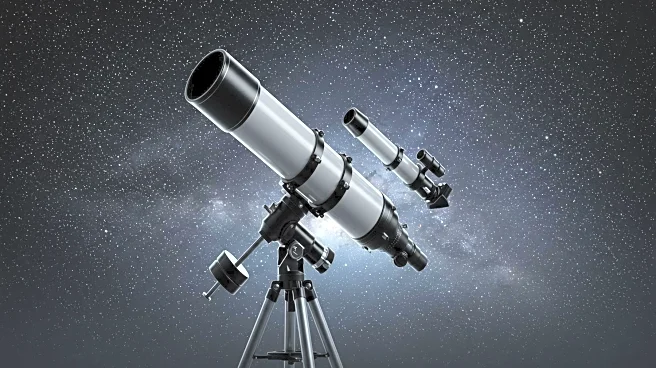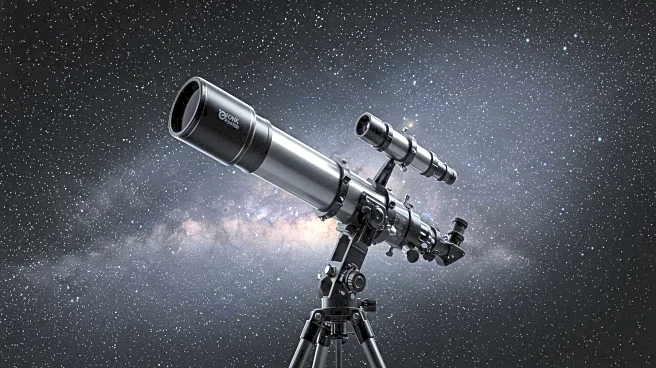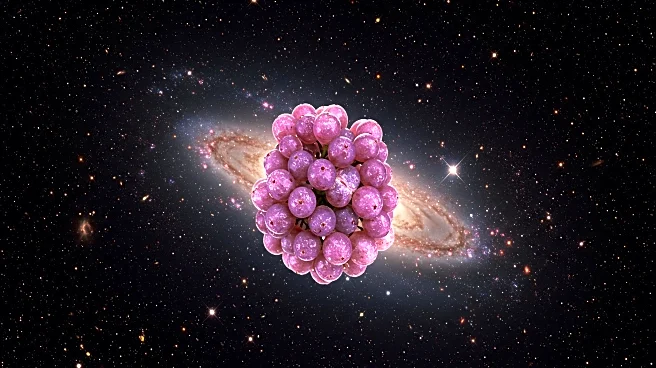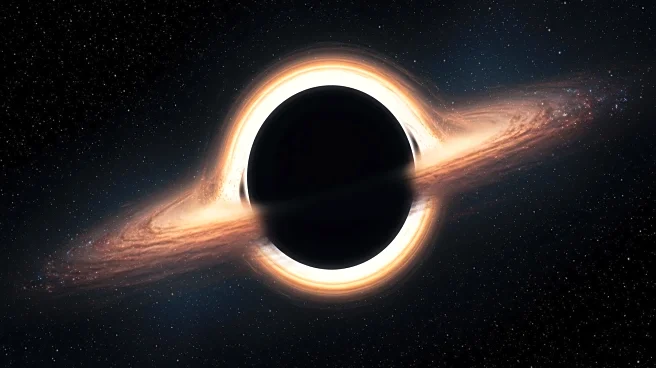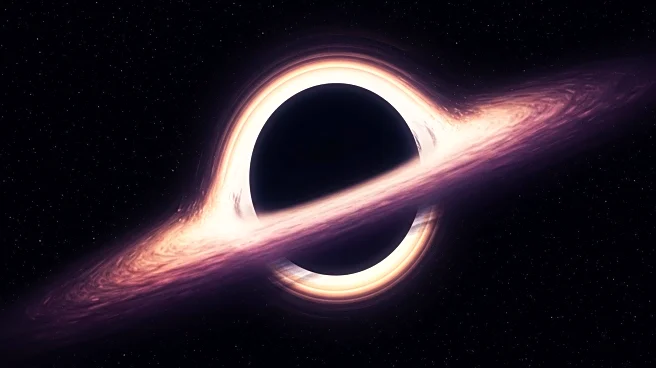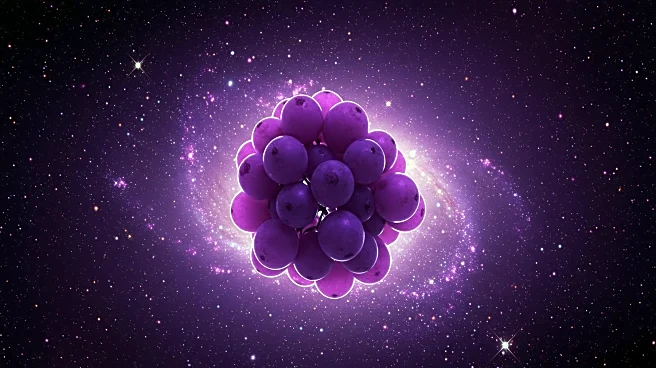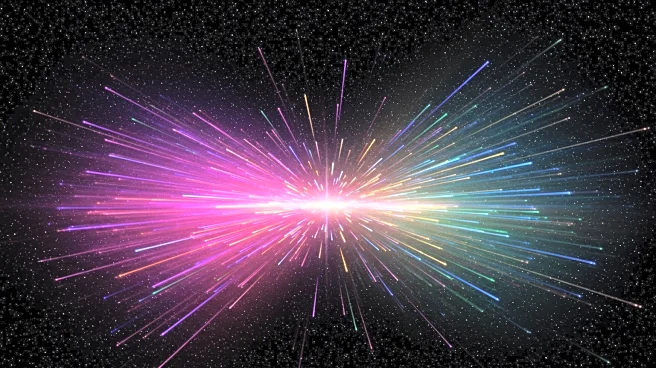What is the story about?
What's Happening?
The James Webb Space Telescope has identified the earliest known black hole, dating back over 13 billion years. Located in the galaxy CAPERS-LRD-z9, this black hole existed just 500 million years after the Big Bang. The discovery provides insights into the universe's early era, challenging current theories about black hole formation. CAPERS-LRD-z9 is part of a group of galaxies known as 'Little Red Dots,' which emit red light due to their early formation. The black hole is significantly massive, suggesting early black holes grew faster than previously thought.
Why It's Important?
This discovery pushes the boundaries of current technology and understanding of the universe's early stages. The presence of such a massive black hole so soon after the Big Bang challenges existing models of black hole growth and galaxy formation. It suggests that early black holes may have formed differently or grown more rapidly than current theories predict. Understanding these processes is crucial for comprehending the universe's evolution and the role of black holes in shaping cosmic structures.
What's Next?
Further studies of CAPERS-LRD-z9 and similar galaxies could provide more information about black holes and galaxy formation in the early universe. Researchers aim to explore the implications of these findings on existing cosmological models and investigate whether other 'Little Red Dots' contain black holes. The James Webb Space Telescope will continue to play a vital role in uncovering the mysteries of the universe's infancy.
AI Generated Content
Do you find this article useful?
